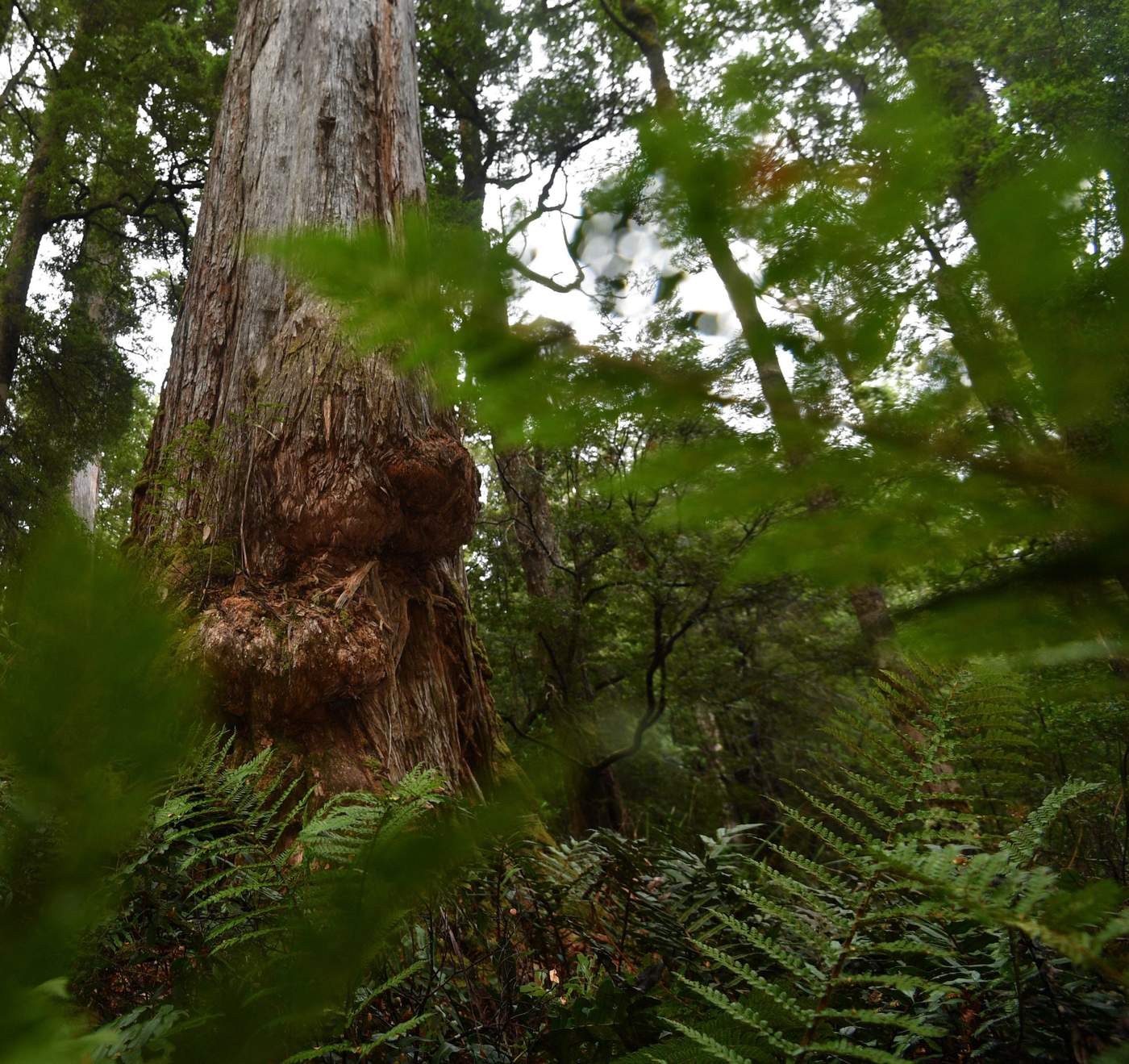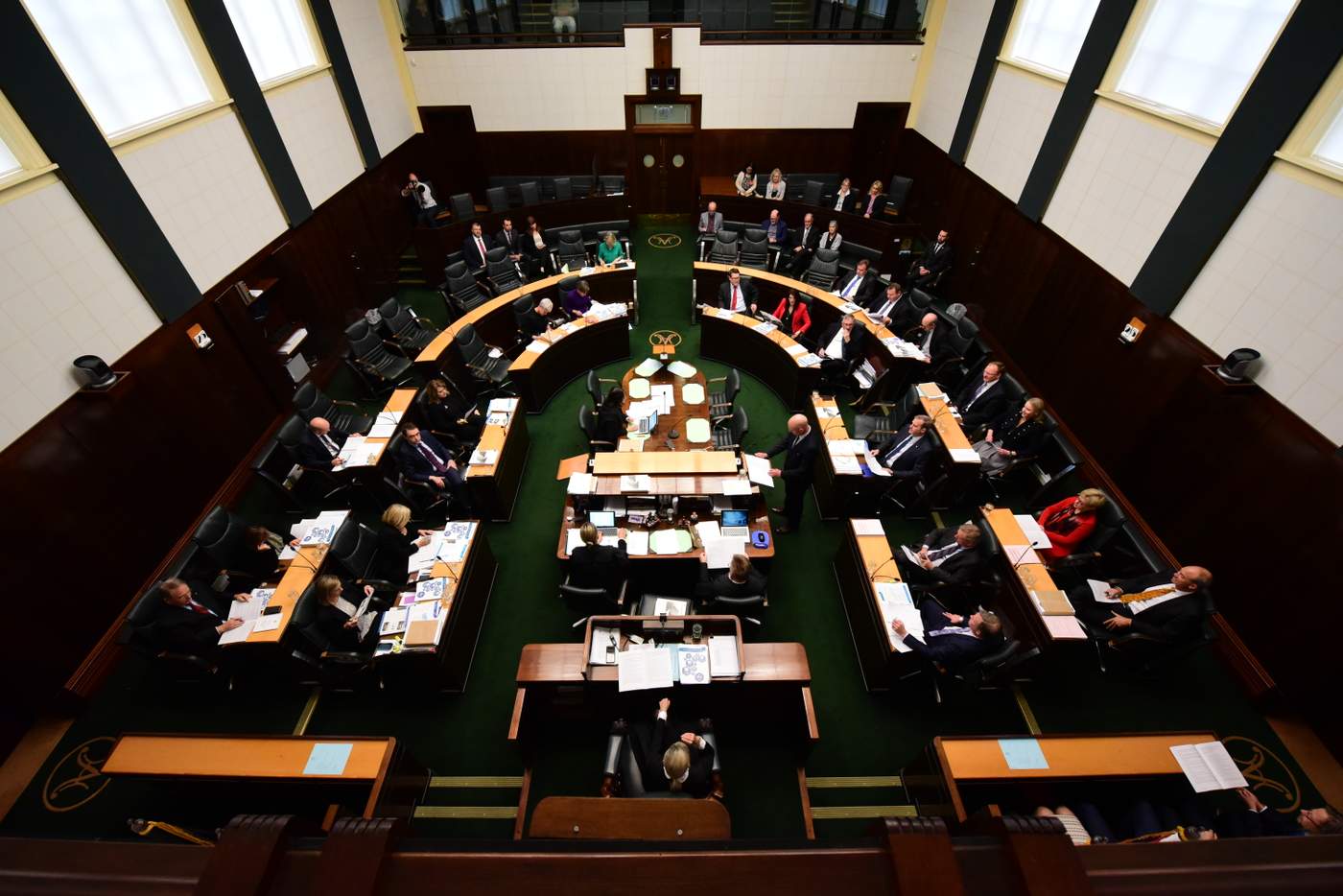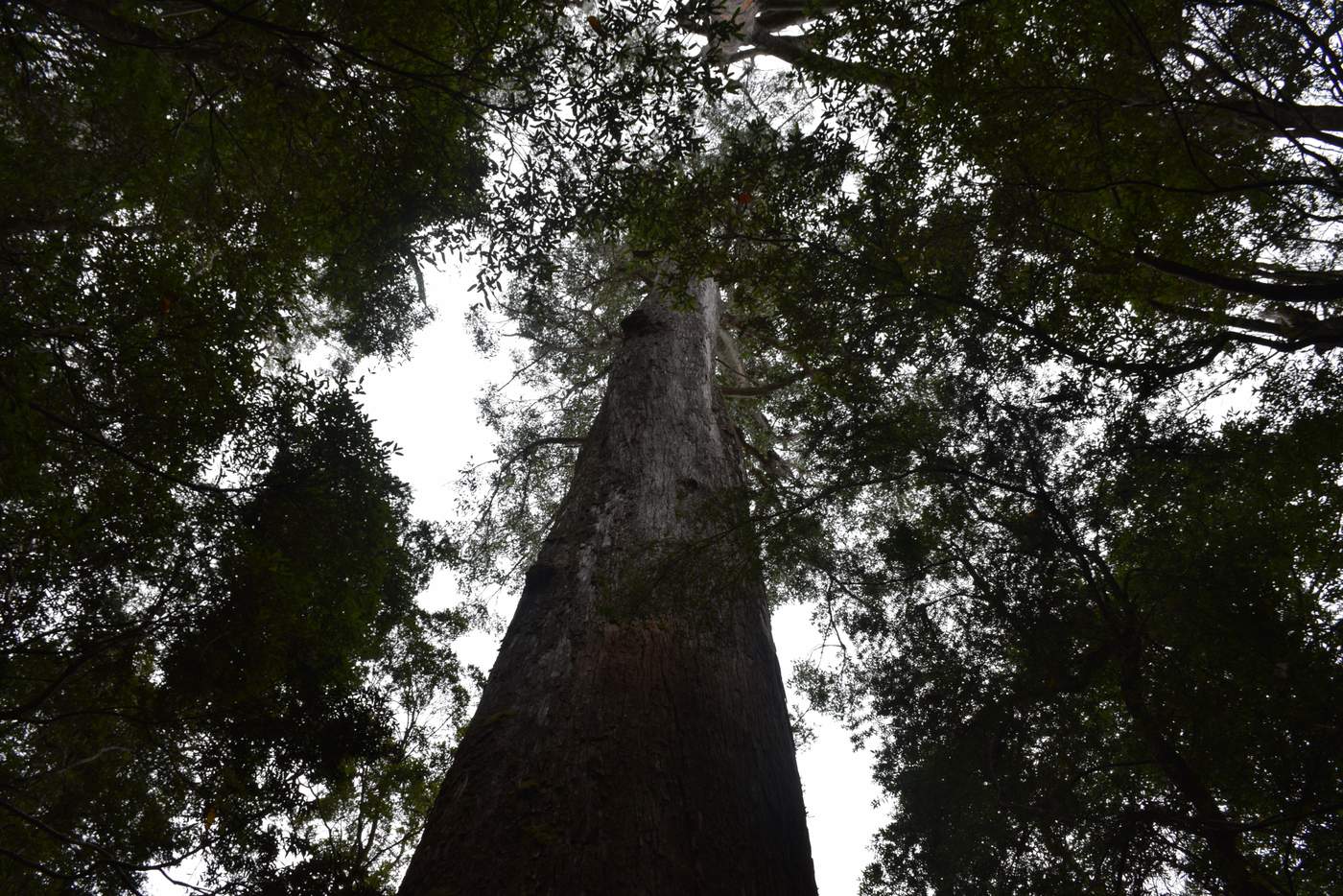
Debate over management of Tasmania’s Tarkine region has persisted in the state for decades.
Echoes of past action against mining and forestry operations grow louder as current attempts to prevent Tarkine wood harvesting show little sign of abating.
Following Forestry Tasmania’s loss of $67 million in the 2015-16 financial year the state government presented new legislation to determine the future of forestry operations.
As part of The Advocate’s multi-media series Wild Asset, reporters Lachlan Bennett and Imogen Elliott investigate the clash of interests shaping the future of forestry in Tasmania.
Listen to episode one of the podcast
Part one, Place, begins as activists mark more than 100 days spent camping beneath a tree sit vigil in the Tarkine’s 100,000 hectares of informal wood reserve.
DISPUTED TERRITORY
The name, size and land definition of the Tarkine is an initial point of contention.
In 2013, then deputy Premier Bryan Green backed a Nomenclature Board bid to assign the name Tarkine to an “unbounded locality” in North-West Tasmania.
In the role of Shadow Mining Minister at the time, Adam Brooks said the Tarkine was “nothing but a Green myth”.
“We no longer have the North, the South and the North-West; it's the North, the South, and the Tarkine,'' Mr Brooks said.
Most groups now agree the Tarkine is bounded by the Arthur River in the north, the Pieman River in the south, the West Coast and the Murchison Highway in the east.
The name Tarkine comes from the Tarkiner people – one of the Aboriginal groups that frequented the Tarkine for thousands of years – and is also referred to as Takayna.
“The Tarkiner people were a group of people that lived around the area of Sandy Cape, however, Takayna is a word that has been adopted for the whole area and it encompasses all the groups of people that live there now,” Tasmanian Aboriginal Council Land Management Supervisor Jarrod Edwards said.
“I think it’s a regional name, it’s very significant.”
The Tarkine region holds Australia’s largest tract of cool temperate rainforest and includes portions of national park and forest reserve.
The landscape is filled with native flora such as button grass plains and eucalypt forest.
Bob Brown Foundation campaign manager Scott Jordan says his team has seen evidence of species including the Tasmanian Spotted-Tail Quoll and the Masked Owl.
In July, the Tarkine’s Wedge-Tailed Eagle population will begin breeding and will jeopardise potential forestry operations until the end of the season.
“The treesit is our observation post to gather research and aims to complement what we’re doing on the ground but also, it’s very hard to chop down a tree when there’s someone in it,” Mr Jordan said.
“Nothing we’re doing here is illegal and until they ask us to leave on the basis of an exclusion zone we’ll stay here.”
NO MORE LOCKUPS
Specialty timbers including celery top pines, black wood and myrtle hold great export value and in 2013, the former government set aside 356,000 hectares of Tasmanian forest for harvesting after 2020.
In 2017, Premier Will Hodgman and Resources Minister Guy Barnett presented the Forestry (Unlocking Production Forests) Bill 2017, which would see the Future Potential Production Forest accessed two years ahead of schedule.
"Forestry Tasmania have advised us that one quarter of the trees they harvest are uneconomic,” Mr Barnett told The Advocate in April.
“Last financial year they lost a lot money and that’s unacceptable.
“Since white settlement [the Tarkine has] been used for harvesting but the previous government tried to lock it up so when we came in to power we said no more lockups.”
The Tarkine is valued for its diverse environment and resource rich forests, however, the land is also used for mining, farming and recreation purposes.
Tourist groups can be taken on an indigenous heritage tour of the land, while other visitors may choose to make use of recreational bike tracks, a forest adventure park or camping facilities.
Tall Timbers General Manager John Dabner runs an accommodation, restaurant and tourism facility at Smithton and said management of the Tarkine needed to be better balanced.
“Everyone wants a slice of the pie but the government doesn’t have that much money to put into it,” Mr Dabner said.
“You’ve got to find a happy medium and all industries provide jobs in our region.”
Some locals say they are growing tired of the to-and-fro between forestry proponents, environmental activists and tourism operators.
Smithton sports store owner Luke Howard expressed concern local voices felt muted amid the debate.
“I reckon we don't need these people coming in, telling us how to manage that part of the area because I think we've always done a good job of doing it, everyone's a little bit green and I think with the awareness these days you just don't need these guys coming in, going clear over the top,” Mr Howard said.
Groups including Tasmanian Labor, the Tasmanian Greens and The Forestry Industries Association of Tasmania have voiced concern over the state government’s proposed forestry plan.
Resources and Mining Minister Guy Barnett says the economic cost of “locking up” informal reserves could “ruin” Tasmania.
The legislation is currently up for debate in State Parliament and if it fails, Mr Barnett will pursue a fresh mandate for the bill.
If the legislation passes, activists in the Tarkine will risk arrest to prevent wood harvesting.
Wild Asset includes a three-part podcast series, available via theadvocate.com.au and Soundcloud.
Part two, Product, will be launched on Friday.
It will explore the various stakeholders who have an economic interest in the Tarkine region.





